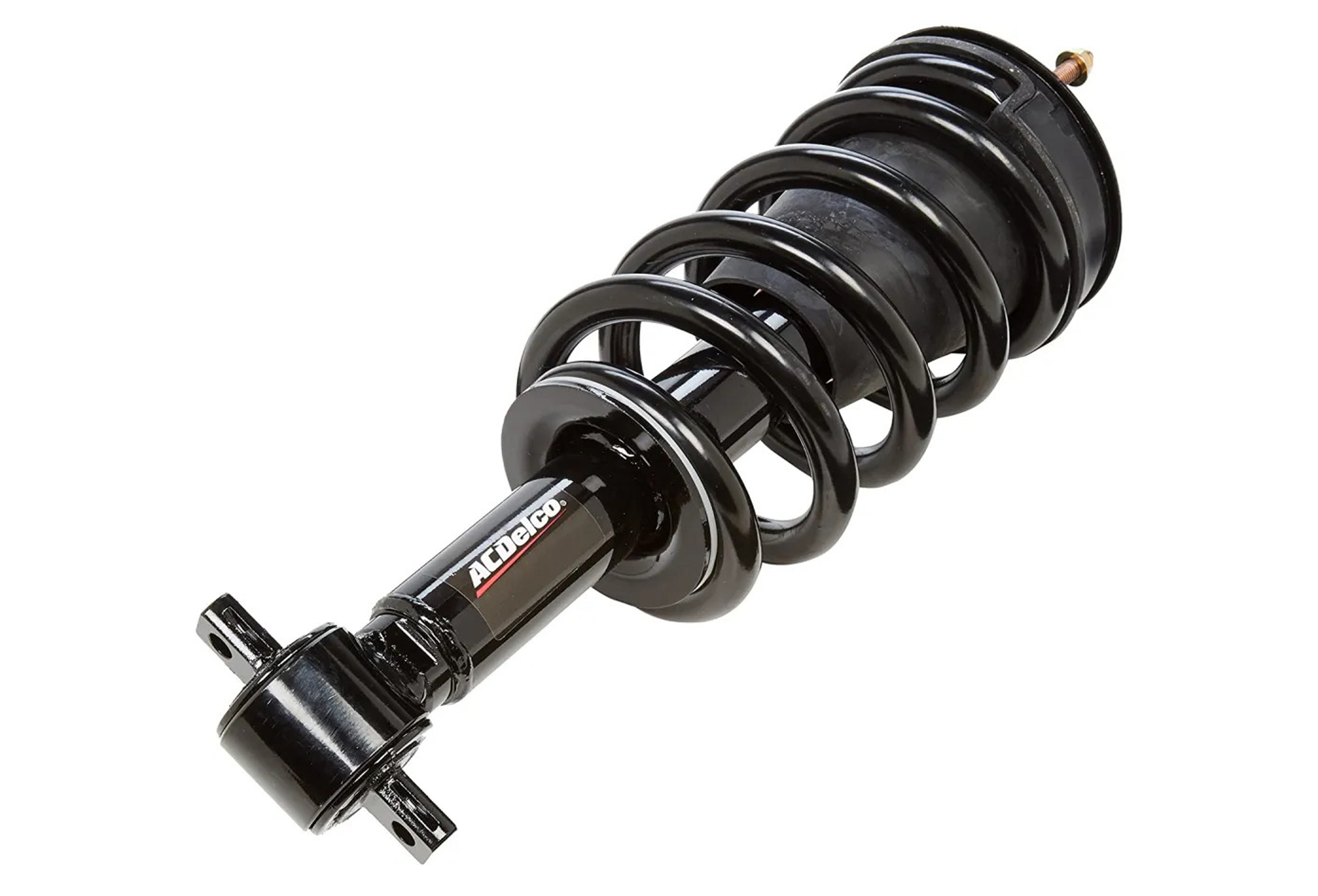In the world of automobiles, one important aspect that often goes unnoticed by drivers is the suspension system. Hidden beneath the car’s exterior, it plays a crucial role in ensuring a smooth drive and keeping the vehicle stable on different terrains. A vehicle’s suspension system can be defined as the collection of parts that connect the wheels to the rest of the vehicle, allowing for movement and absorbing shocks. In this document, we will discuss the importance of a good suspension system and how it can be improved to enhance ride quality and handling.
Importance of a Good Suspension System
A well-functioning suspension system is critical for several reasons. Firstly, it ensures that the vehicle’s weight is evenly distributed, which helps to maintain stability and balance while driving. This is especially important during turns or when driving on uneven roads, as it prevents the vehicle from rolling over or losing control.
Another key aspect of a good suspension system is its ability to absorb shocks and vibrations. On rough roads with bumps or potholes, a strong suspension system will effectively minimize the impact felt by passengers inside the vehicle. This not only improves ride comfort but also reduces wear and tear on other components of the car, such as tires and steering.
Furthermore, a good suspension system plays a vital role in maintaining proper handling and control of the vehicle. It helps to keep the wheels in contact with the ground, maximizing traction and ensuring precise steering response. This is especially crucial for high-performance vehicles where handling and cornering capabilities are essential.
Components of a Suspension System
A typical suspension system consists of several components, each with its own unique function. These include shocks and struts, springs, control arms, sway bars, and bushings. Shocks or struts are responsible for dampening the vehicle’s movement and maintaining stability. Springs provide support and help absorb shocks, while control arms and bushings allow for flexible movement of the wheels. Sway bars work to minimize body roll during turns.
Astra H TwinTop tuning excludes self-leveling suspension. This high-performance lowering springs offer top quality and great performance with benefits including a better look for your vehicle.
Improving Ride Quality and Handling
There are several ways to improve a vehicle’s suspension system to enhance ride quality and handling. One common method is to upgrade the shocks and struts with high-performance options that offer better dampening capabilities. This can provide a smoother ride and more precise handling, especially for high-performance or off-road vehicles.
Another way to improve the suspension system is by upgrading the springs. Heavier or stiffer springs can help handle larger loads and maintain stability on rough terrain. Additionally, adjustable coilovers can provide customizable spring rates and ride height for different driving conditions.
Replacing control arms and bushings with high-quality aftermarket options can also greatly improve the suspension system’s overall performance. These components are responsible for maintaining proper wheel alignment and ensuring smooth movement of the wheels, making them crucial for handling and stability.
In conclusion, a good suspension system is essential for maintaining a smooth and safe driving experience. By understanding its importance and taking the necessary steps to upgrade or maintain it, drivers can greatly improve their vehicle’s ride quality and handling capabilities. So, it is crucial to regularly inspect and service the suspension system to ensure optimal performance. Remember, a well-functioning suspension system not only provides a comfortable ride but also contributes to the overall longevity of the vehicle.
So, next time you hit the road, don’t forget about your vehicle’s suspension system. It may be hidden, but it plays a crucial role in keeping your ride smooth and stable.

